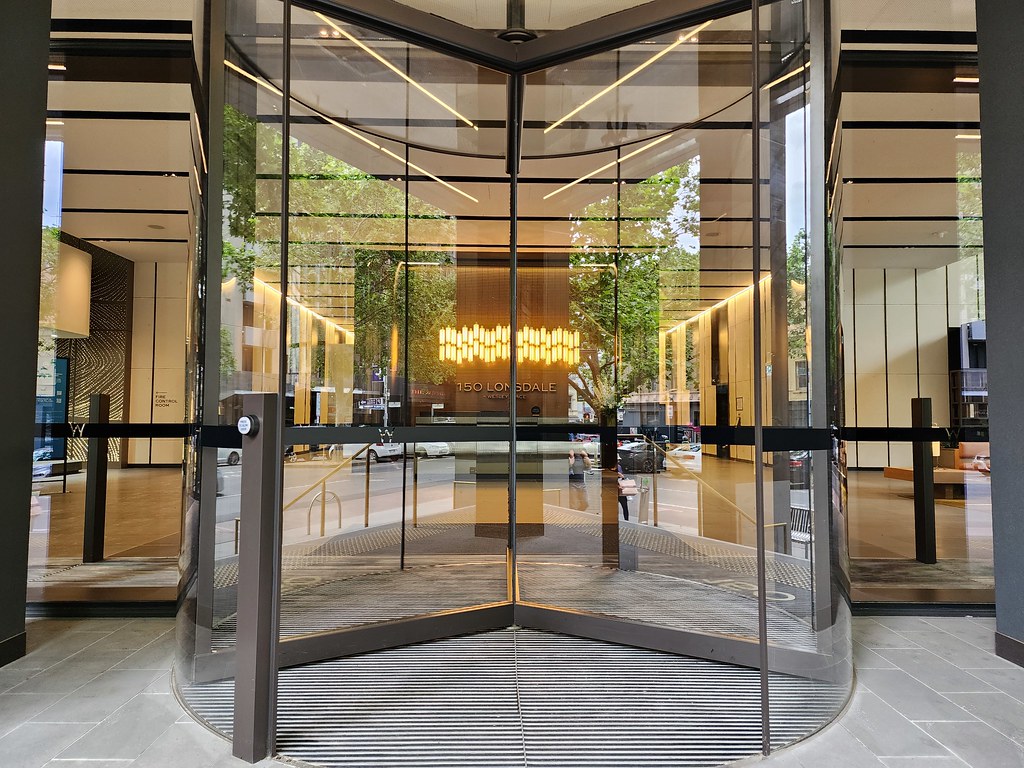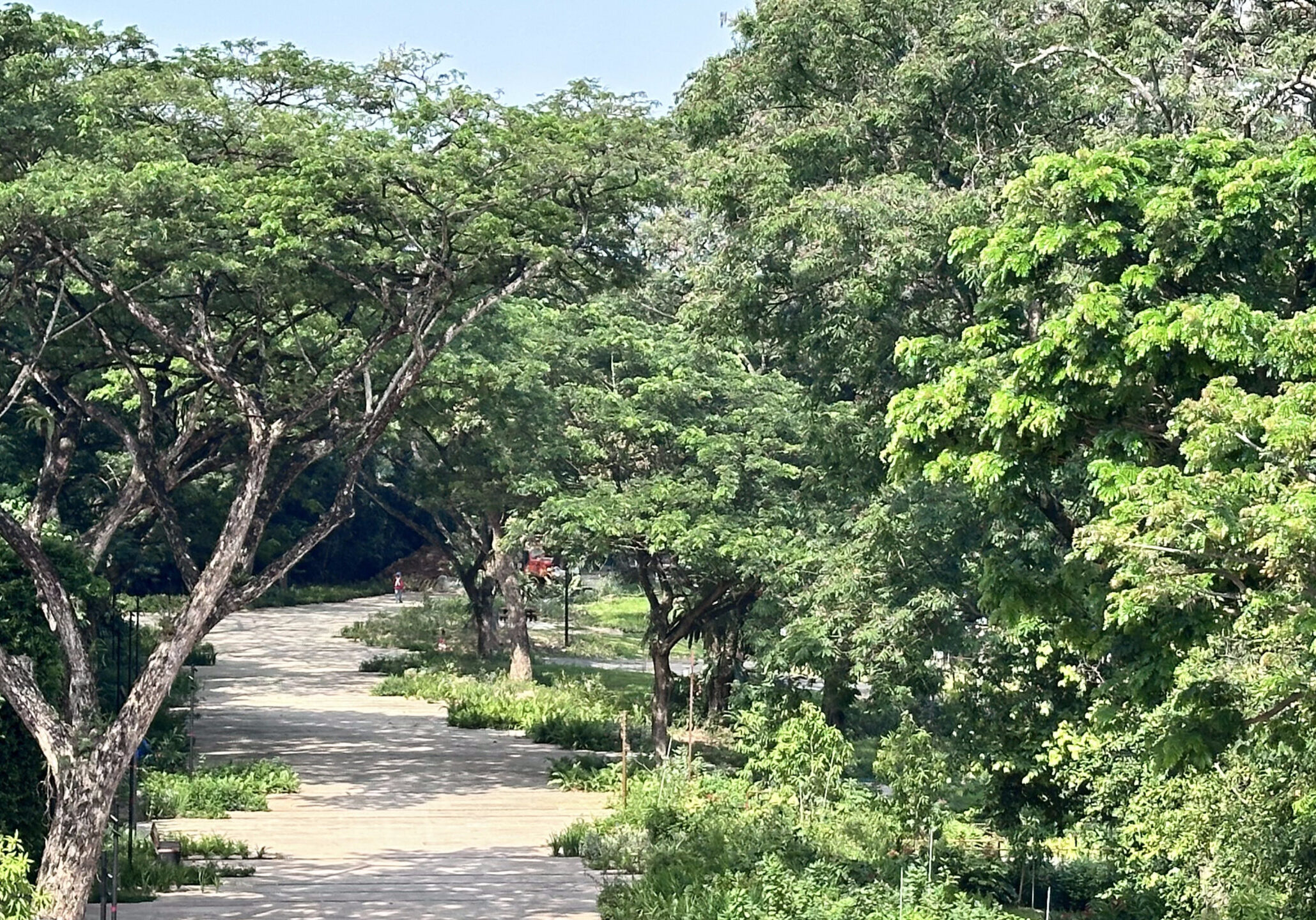How real estate can enhance city living
Adjunct Professor Koh Choon Fah explains how real estate is not just about economics, but has the potential to improve the quality of life for citizens, encouraging sustainability and inclusivity.

Koh Choon Fah, Adjunct Professor, NUS Cities,
is a Global Governing Trustee at the Urban Land Institute, and a member
of the NUS Institute of Real Estate & Urban Studies, and the Council
for Estate Agencies.
The role of real estate extends far beyond being perceived as bricks and mortar, and an asset class for investment. There is a growing realization that real estate plays a critical role in creating positive social outcomes for cities by influencing social cohesion, economic mobility, and well-being.
Why affordable housing is crucial
Affordable housing is crucial for the well-being of communities, as it provides safe and decent living conditions, fostering social ties and making cities more resilient. Access to affordable and inclusive housing also significantly impacts health and well-being by preventing overcrowding, which is associated with social and environmental issues, as well as mental stress. Globally, the lack of affordable and inclusive housing in recent years has led to financial and social issues, resulting in homelessness in some major cities, and government policies aimed at mitigating rapid increases in house prices.
The Urban Land Institute’s (ULI) 2024 Asia-Pacific Home Attainability Index noted significant rises in home prices in places where there is significant migration influx, impacting young people forcing more people to take on financial risks, and more opting to rent.
In Singapore, however, some 90% of the housing stock comprises public housing, making it the most attainable in the region. Singapore made a strategic intent to promote home ownership and started the Home Ownership for the People Scheme in 1964 under the Housing & Development Board (HDB). The Scheme allowed generations of Singaporeans to become homeowners, creating a sense of rootedness, pride and security among its citizens. Today, Singapore is a nation of homeowners.

Boosting economic growth and diversification
Real estate developments that support economic growth and diversification create opportunities for employment and entrepreneurship. Economic diversification, in turn, leads to a more robust economy that benefits both the people and government. This helps spreads risks, while attracting diverse talent. A diversified economy makes cities more resilient and interesting with different cultures, cognitive flexibility, learning, and cross-pollination, which are essential for health and well-being, as well as for creativity and innovation.
Integrated land-use planning and urban design are key
Integrated land-use planning and urban design also play a significant role in creating positive social outcomes. Integrated planning that includes land use, transport, and other public services – such as the “15-minute community” concept of having most daily necessities and services with a 15-minute walk or ride on bicycle or public transit – creates well-designed public spaces, pedestrian-friendly streets, and mixed-use developments, promoting environmental sustainability and enhancing the quality of life for residents.
An example is the Hongqiao Integrated Transit Hub in Shanghai, China, which connects an out-of-town central business district, airport, high-speed rail, and metro systems. It features office towers, a lifestyle centre, shopping mall, convention centre, and hotel, all designed with sustainability and connectivity.
Green real estate and the environment
The importance of real estate in creating positive social outcomes cannot be overstated, as real estate accounts for 40% of global carbon emissions. Green real estate plays a crucial role in addressing climate change and reducing the environmental footprint of developments.
In addition to environmental benefits, green real estate also focuses on creating properties that are environmentally responsible and resource-efficient throughout their life cycle. This involves integrating sustainability into every aspect, from design to construction and operations, as well as the implementation of green leases.
By embracing sustainable development practices such as adaptive reuse, the use of sustainable materials and nature-based solutions, real estate can contribute to mitigating climate change. An example is Wesley Place in Melbourne, Australia, with sustainability technology and a 5,000 sq m landscaped plaza that integrates green spaces with the city’s public pedestrian networks. The office building incorporates five significant heritage buildings that have been extensively refurbished.

Health and well-being, for overall quality of life
Addressing climate change by adopting sustainable practices in the real estate sector has a direct impact on the well-being of societies. For instance, as people typically spend about 90% of their time in buildings, attention to lighting, ventilation, air quality, and other aspects of healthy buildings not only protects the health of the occupants, but also leads to higher productivity and lower absenteeism.
Social cohesion: The bonds of community
Real estate and urban planning can promote social engagement, safety, and security, which ultimately fosters mutual understanding and a sense of community, breaking down social and economic barriers. Strong social connections lead to lower anxiety and depression and higher self-esteem, resulting in better emotional and psychological well-being.
Inclusive community, with residents’ participation
By building inclusive communities through thoughtful policy implementation, design, and community engagement, real estate plays a vital role in creating social sustainability. Communities are engaged from the onset to ensure that the social outcomes of the development meet their needs and aspirations.
Positive outcomes arise when there is a better understanding of the different stakeholder concerns, trade-offs, and collective ownership. For example, the Asi Vivo Mi Barrio initiative in Barranquilla, Colombia holds community meetings in a park to engage residents in the planning of their neighbourhood.
Adaptability and resilience, for all kinds of weather
Real estate is a catalyst to build a resilient and adaptable community. In a world that is characterized by uncertainty and complexity, real estate that incorporates flexibility and adaptability will be able to address uncertainties, for example, extreme weather events, and help the community to be more resilient.
Culture and heritage, for belonging and cohesion
Access to culture and heritage improves well-being, inspires pride, educates, and contributes to local identity. It is a powerful enabler in creating a sense of belonging, uniting communities, and strengthening social bonds. There is growing awareness of the benefit of connecting cultural and heritage preservation with sustainability and well-being.
In addition to preserving and adapting cultural and heritage buildings, cultural and historical heritage are increasingly being preserved and integrated into
new developments to maintain the unique identity and character of the communities.
For example, the historic Bolhão Market in Porto, Portugal, underwent extensive restoration and now offers a variety of goods such as fish, vegetables, fruits,
and handicrafts. The market remains a central part of the city's identity and history.

Urban renewal for maturing cities
As cities mature, buildings and areas may experience physical and economic obsolescence. Urban blight, gentrification and renewal are often integral to the life cycle of a city. Urban renewal revitalizes communities, stimulates economic growth, and improves the urban environment.
Projects can transform economically marginalized areas into vibrant communities by attracting businesses, creating jobs, and encouraging investments. They often focus on environmental stewardship, incorporating green building practices and renewable energy use, which contributes to the well-being of communities.
Public-private partnerships (PPP) in complex large-scale urban renewal development projects can bring about transformative change in neighbourhoods, as demonstrated by Essex Crossing, in the Lower East Side of New York City, in New York, USA. The large mixed-use development focused on providing inclusive mixed-income housing and innovative commercial spaces. It is a result of successful PPP and community-driven placemaking, revitalizing the neighbourhood.
Large-scale developments that achieve both commercial and social objectives can make a huge impact when the public and private sectors work together to leverage the expertise and resources of stakeholders for more equitable risk-reward outcomes.

How buildings shape people
The role of real estate in creating positive social impact in cities is crucial as cities face numerous challenges including technological advancements, demographic shifts, and climate change. However, with challenges come opportunities. Technological advancements are having a transformative effect on the real estate sector, making developments smarter, more efficient and sustainable. Innovations such as smart building systems, the Internet of Things, and data analytics improves the functionality and sustainability of buildings, thereby improving the quality of life for the occupants.
The changing demographics, including ageing populations and rising urbanization, are reshaping urban infrastructure and housing, and must be addressed to ensure an inclusive and accessible living environment for all. With a longer life span and health span, there are immense opportunities to tap into longevity dividends.
Climate change poses significant challenges for urban development, including rising sea levels, the urban heat island effect, and extreme weather. Real estate developments and city planning can play a critical role in enhancing a city’s resilience to climate change and protecting residents.
Creating positive societal outcomes for cities through real estate requires a strategic, integrative, inclusive, and long-term approach. These include PPPs, integrated planning and design, efficient land use, focus on health and well-being, community engagement, resilience and adaptability, economic diversification, and cultural and heritage preservation.
The built environment, and how cities are planned, significantly impact lives. Picture great public places, safe walkable streets, integrated hubs, mixed-use buildings, inclusive inter-generational living, clean air, and a sense of place, culture, and heritage, all coming together in a liveable city that attracts talent and promotes innovation.
"We shape our buildings, thereafter they shape us."
WINSTON CHURCHILL
The role of real estate in creating positive social impact in cities is exemplified by Bidadari Estate in Singapore. Developed on a former cemetery for the Christian, Muslim, Hindu and Sinhalese communities, Bidadari preserves the collective memories of the city state.
To contribute to positive social outcomes, several core initiatives were implemented in the estate:
- Community-centric design: the master plan prioritizes communal areas, such as hawker centres, playgrounds, outdoor fitness stations and playgrounds, and sheltered seating areas, to foster social engagements and community ties among residents of different backgrounds.

- Integration with nature: the estate is designed as a 'community in a garden', offering a tranquil urban oasis, with homes and facilities in a garden-like environment, thereby enhancing residents' well-being.

- Green spaces and recreation: extensive green spaces, including Bidadari Park and a central lake, offer ample recreational opportunities to promote a healthy lifestyle.

- Bidadari Greenway: the 1.6km Greenway, with rest stops and fitness corners, encourages outdoor activities and community engagement, while connecting residents to major nodes in the estate.

- Preservation of biodiversity: the integration of the 1-hectare hillock with bird-watching facilities supports biodiversity, and offers unique recreational and educational opportunities, enriching the living experience.

- Comprehensive amenities: shops, dining options, healthcare, and retail facilities at Woodleigh Mall ensure residents have convenient access to essential services and lifestyle needs. The integrated mixed-use development also comprises private residential apartments, a Neighbourhood Police Centre, Community Club, Mass Rapid Transit (MRT) station, and underground bus interchange.

- Seamless connectivity: With MRT and bus services, supported by extensive cycling and pedestrian networks, Bidadari is well-connected within the estate, and to other parts of Singapore, enhancing mobility for residents.

- Heritage and cultural preservation: The 700-m Heritage Walk is lined with conserved mature raintrees, retaining and highlighting the area’s natural heritage, and celebrating its historical and cultural significance, creating a meaningful connection between the past and present.

These initiatives collectively contribute to a vibrant, healthy, and connected community, creating positive social outcomes for residents.

